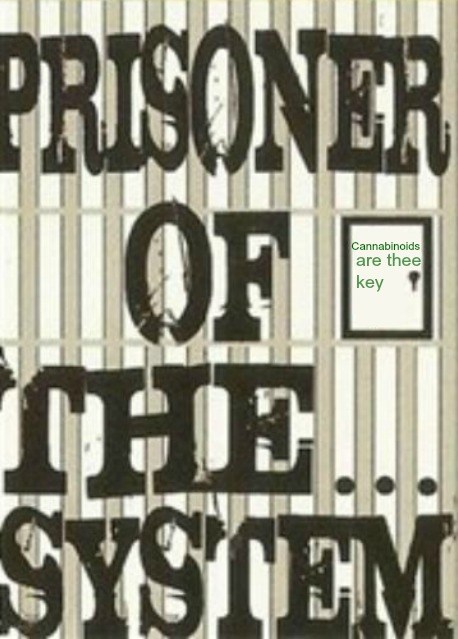Modulation of anxiety-like behaviour by the endocannabinoid 2-arachidonoylglycerol (2-AG) in the dorsolateral periaqueductal gray.
Source
Department of Pharmacology, Institute of Biological Sciences, Federal University of Minas Gerais, Av. Pres. Antônio Carlos 6627, 31270-901, Belo Horizonte, MG, Brazil.
Abstract
Anandamide and 2-arachidonoylglycerol (2-AG) are the two main endocannabinoids, exerting their effects by activating type 1 (CB1r) and type 2 (CB2r) cannabinoid receptors. Anandamide inhibits anxiety-like responses through the activation of CB1r in certain brain regions, including the dorsolateral periaqueductal gray (dlPAG). 2-AG also attenuates anxiety-like responses, although the neuroanatomical sites for these effects remained unclear. Here, we tested the hypothesis that enhancing 2-AG signaling in the dlPAG would induce anxiolytic-like effects. The mechanisms involved were also investigated. Male Wistar rats received intra-dlPAG injections of 2-AG, URB602 (inhibitor of the 2-AG hydrolyzing enzyme, mono-acylglycerol lipase – MGL), AM251 (CB1r antagonist) and AM630 (CB2r antagonist). The behaviour was analyzed in the elevated plus maze after the following treatments. Exp. 1: vehicle (veh) or 2-AG (5pmol, 50pmol, 500pmol). Exp. 2: veh or URB602 (30pmol, 100pmol or 300pmol). Exp. 3: veh or AM251 (100pmol) followed by veh or 2-AG (50pmol). Exp. 4: veh or AM630 (1000pmol) followed by veh or 2-AG. Exp. 5: veh or AM251 followed by veh or URB602 (100pmol). Exp. 6: veh or AM630 followed by veh or URB602. 2-AG (50pmol) and URB602 (100pmol) significantly increased the exploration of the open arms of the apparatus, indicating an anxiolytic-like effect. These behavioral responses were prevented by CB1r (AM251) or CB2r (AM630) antagonists. Our results showed that the augmentation of 2-AG levels in the dlPAG induces anxiolytic-like effects. The mechanism seems to involve both CB1r and CB2r receptors.
Copyright © 2013. Published by Elsevier B.V.
Copyright © 2013. Published by Elsevier B.V.


